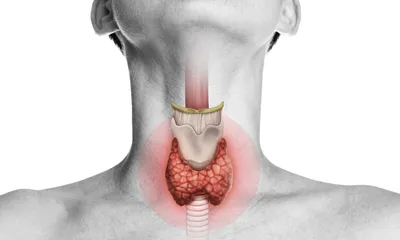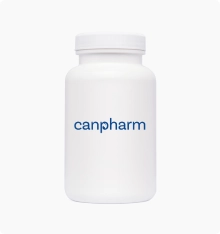Psoriasis
-
Description
-
Signs & Symptoms
-
Anatomy
-
Cause
-
Diagnosis
What is Psoriasis?
Psoriasis is a skin disorder that involves skin cells multiplying at a greatly accelerated rate and causing areas of the skin to become raised, bumpy, and reddened. Psoriasis will affect the scalp, lower back, knees, and elbows, and there are 5 different types of psoriasis. Plaque psoriasis is the most common one, and nail psoriasis, scalp psoriasis, pustular psoriasis, and guttate psoriasis are the other primary condition types. Subtypes include inverse and erythrodermic psoriasis.
Mild or moderate psoriasis will be the condition for most sufferers, and that means that less than 10% of their body is affected. Developing psoriatic arthritis in the future and experiencing the joint pain and stiffness that comes with it is possible when people have this skin disorder.
What Causes Psoriasis?
People can have a genetic predisposition for psoriasis, which means you can inherit it from parents or grandparents. It is not a contagious disorder and cannot be passed on to another person through contact. The physiological cause of psoriasis can be connected to the body’s immune system and the way its overreaction promotes inflammation in the skin. Cells start overmultiplying because of this overreaction. Instead of the standard 10 to 30 days for normal skin, it only takes 3 or 4 days for cells to multiply.
This is what causes the scaling on the skin that is the primary symptom of plaque psoriasis. There can be more to what causes psoriasis, including the possibility that women experience it because of hormonal changes during menopause or pregnancy. Excessive stress, or use of medications like high blood pressure treatment meds or ones to prevent heart disease can also be the cause. This is also true for antimalarial medications or overuse of steroidal medications.
Psoriasis Symptoms
Developing plaques on the skin will always be the most standard of psoriasis symptoms. The sufferer’s skin tone will determine what color these plaques will be, and they’re usually quite itchy. They may also crack and bleed, and if the person has severe psoriasis, the plaques may grow across skin surface areas and merge into each other. Fingernails and toenails may also change color or become pitted or even come loose from the nail bed.
Small scaly flakes will be seen on the scalp or in hair with scalp psoriasis. Pustular psoriasis causes discolored, scaly skin with tiny pustules on the palms of hands and soles of their feet. Guttate psoriasis will result in pink, red, brown, or purple spots on the torsos of children and young people.
Psoriasis Treatment
Psoriasis may be treated in a few different ways. The most conventional approach to plaque psoriasis treatment is to apply a medicated steroidal cream like Roflumilast (Zoryve) that will stunt the growth of new skin cells and quell itching and general skin discomfort. Sufferers may also want to apply a moisturizing cream to help with the skin dryness resulting from psoriasis.
Washing hair with coal tar shampoo is a common scalp psoriasis treatment, and no prescription is required for this shampoo. Vitamin A retinoid creams can also be helpful to reduce the severity of psoriasis. Biologic treatment medications for psoriasis like Adalimumab (Humira) or non-biologics like Tofacitinib (Xeljanz) may also be considered after a doctor assesses what is causing psoriasis for the patient and how the skin disorder is progressing.
Signs & Symptoms
- Plaques on the skin (raised, bumpy, and reddened areas)
- Itchy, cracked, or bleeding skin
- Discoloration or pitting of fingernails and toenails
- Small scaly flakes on the scalp
- Discolored, scaly skin with pustules (pustular psoriasis)
- Pink, red, brown, or purple spots (guttate psoriasis)
Anatomy
- Skin
- Nails
- Scalp
- Immune system
- Joints (in psoriatic arthritis)
Cause
- Genetic predisposition
- Immune system overreaction
- Hormonal changes (e.g., menopause, pregnancy)
- Excessive stress
- Certain medications (e.g., high blood pressure or antimalarial drugs)
- Overuse of steroidal medications
Diagnosis
- Physical examination of skin
- Skin biopsy
- Assessment of family history



